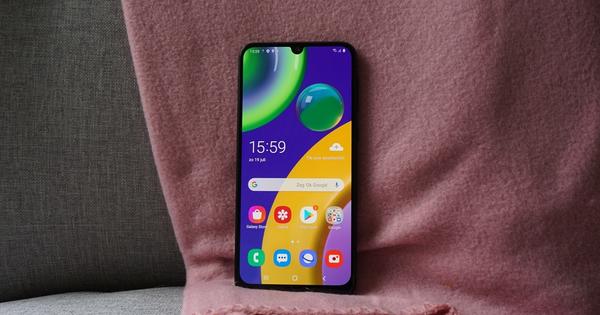In Windows 10, the autoplay function is disabled by default, so that, for example, a virus or malware cannot be accidentally transferred to your PC while plugging in a USB stick. Here we'll show you how to set up autoplay in Windows 10 to your liking.
 How to keep your Windows 10 accounts safe December 18, 2020 14:12
How to keep your Windows 10 accounts safe December 18, 2020 14:12  How to use special characters in Word and Windows 10 December 18, 2020 12:12 PM
How to use special characters in Word and Windows 10 December 18, 2020 12:12 PM  How to recover your Windows 10 password December 16, 2020 12:12
How to recover your Windows 10 password December 16, 2020 12:12
However, AutoPlay is very useful because it allows you to choose how Windows 10 handles removable media, such as an SD card, USB stick, or an external DVD player or hard drive.
You can choose to automatically import certain file types, play media files, or automatically open File Explorer to see what's on the removable device.
Using Settings
Would you still like to choose how Windows 10 automatically handles certain media? Then go to Settings > Devices and click on the left panel Autoplay.
In the right panel you can turn the function on or off with a switch. When the feature is enabled, you can choose what to do when a removable drive is recognized, or when a memory card is found.
Open it Control Panel and go to Hardware and Sound. In the right panel, click Autoplay.The options in the drop-down menu depend on the apps installed on your PC. For example, if you have the Dropbox app, there will be an option to import photos and videos to your Dropbox folder. Windows 10 default options include: open in Windows Explorer, import images and videos, play in Windows Media Player, use the drive for file history, or configure storage settings. You can also choose to manually select an action each time.
The safest solution is still to manually specify what you want Windows to do each time. If you still want to automate the process, it's best to let the Explorer open. Then you can see before anything is loaded whether there is anything suspicious.
Using Control Panel
If you want more control over the autoplay feature, you should use the Control Panel instead of the less extensive Settings screen.
Open it Control Panel and go to Hardware and Sound. In the right panel, click Autoplay. You will now be presented with a much more extensive screen with additional autoplay options.
Here you can choose what to do with removable media in drop-down menus per type, and how to handle different file types on this media. For example, you can specify that photos and videos that are on a removable disk should not be opened automatically, but music files should. You can specify what to do with a blank DVD and whether to do something else if it does contain content. The same goes for Blu-rays.
All paired devices are also displayed on this screen. For this you have to scroll almost all the way down. You can also choose what happens when you pair two devices together.
If you want to undo all your changes, you can do that at the very bottom of the Autoplaywindow to restore the default settings.
 How to keep your Windows 10 accounts safe December 18, 2020 14:12
How to keep your Windows 10 accounts safe December 18, 2020 14:12  How to use special characters in Word and Windows 10 December 18, 2020 12:12 PM
How to use special characters in Word and Windows 10 December 18, 2020 12:12 PM  How to recover your Windows 10 password December 16, 2020 12:12
How to recover your Windows 10 password December 16, 2020 12:12 
